8 Basement Mold Types to Eradicate on Sight
Author: Omar Alonso | Editor: Omar Alonso
Review & Research: Jen Worst & Chris Miller
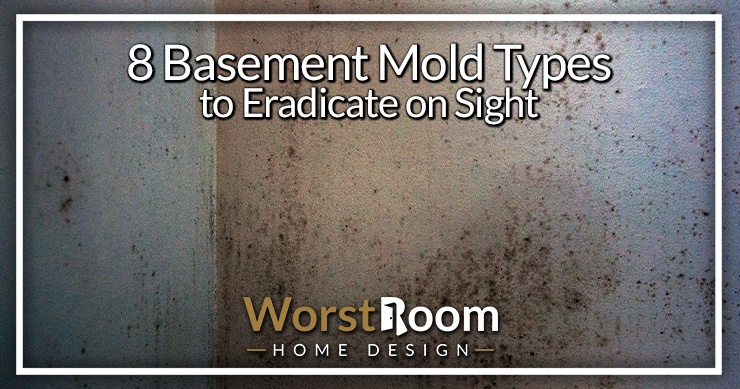
Do you have a basement in your home? When did you last look around to see what was going on down there? Basements can be cold, dark, and damp spaces, providing the perfect breeding ground for one of these basement mold types.
Mold comes in several varieties, and many of them are pathogenic. That means they can cause the people living inside the home to become sick if they breathe in the mold spores. This health hazard can cause respiratory issues and flare allergies, making living conditions miserable for occupants.
8 Basement Mold Types
Let’s cover the eight types of molds to watch out for in your basement. Even if you have nice, finished types of basements or unfinished, dark basements, you can still fall prey to these. If you notice any growing down there, remove them immediately to eliminate the health risk they present to you and your family.
Black Mold (Stachybotrys)
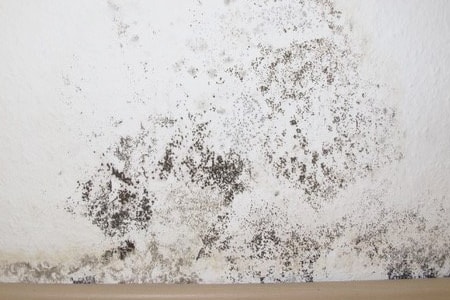
This variety is the most common type of mold growing in basements and bathrooms across America. It's highly pathogenic, and if it spreads and releases spores into the air, the home's occupants can develop severe health issues. Its toxic effects can cause respiratory problems, allergic reactions, and even complications with the nervous system.
Fortunately, it's relatively easy to identify. The mold is black, appearing in large or small spots on ceilings, walls, and between tile grout. Several species of Stachybotrys are commonly found in basements and bathrooms where conditions are cool and damp.
Stachybotrys chartarum and the halonata are the most common and toxic of all black mold varieties. They also enjoy growing in HVAC systems, where they might be harder to spot until you smell the musty spores in the air around your home.
Penicillium
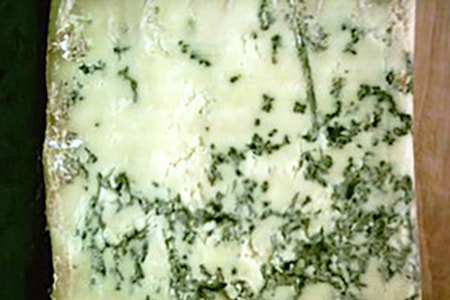
This mold variety is commonly used in food and drug production, and it also likes growing in your basement. Ironically, it's also the source material used in many antibiotics. As much as 10% of the American population is allergic to penicillin. If it starts colonizing in a humid basement, the spores can spread through the home, causing allergic reactions in sensitive individuals.
These types of basement mold typically appear in greenish-round splotches with white edges. The spores spread readily through the air, causing allergic reactions and asthma or cardiovascular-related issues. Penicillium thrives in areas with high humidity, like the basement.
Aspergillus
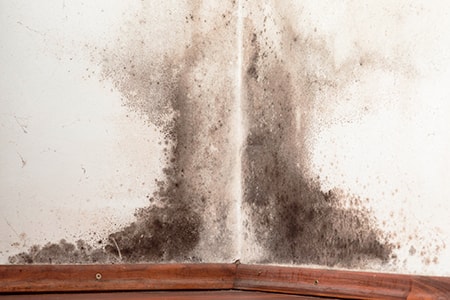
The Aspergillus species of mold have more than 100 subvarieties. It usually takes a fuzzy or cloudy appearance with black or blue-green tints. Most varieties of Aspergillus are non-toxic, but a few are very dangerous to human health, especially when they grow in large numbers.
The spores get airborne and have a toxic effect when inhaled, causing allergic reactions and asthmatic complications. Bad infestations of this model can cause lung infections when inhaled. Some species of aspergillus species create aflatoxins, and these compounds encourage cancer growth.
Trichoderma
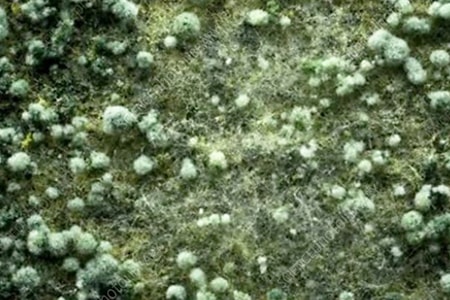
Trichoderma is widespread in natural environments and around plants and soil. It attacks other fungi, like mushrooms, giving it some application in specific industries. It enjoys growing in high-humidity locations, like the basement, and it's common to find it if the room experiences water damage from storms or burst water pipes.
Trichoderma changes color as it ages, starting as a yellow or white shade and developing into a charcoal or dark green color as it ages. It grows on drywall, wallpaper, carpets, or waterlogged wood.
Like most basement mold types, the spores cause complications with the respiratory tract, resulting in sneezing, coughing, and asthma. It also causes problems with the basement foundations, producing large quantities of the enzyme cellulase, which causes wood to rot.
Serpula
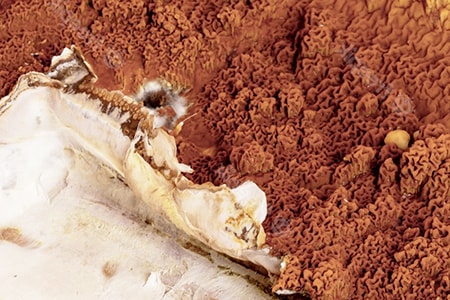
Serpula lacrymans almost exclusively grows on wooden structures found in the basement. It doesn't present a severe health risk to humans. Still, it can damage your basements and the structural integrity of your home if it reaches large numbers.
The spores cause dry rot on wood, and it quickly destroys wooden support beams, even without moisture in the basement. If you notice mushroom-like growths on joists, beams, or flooring, it's a sign of a serpula infestation.
Alternaria
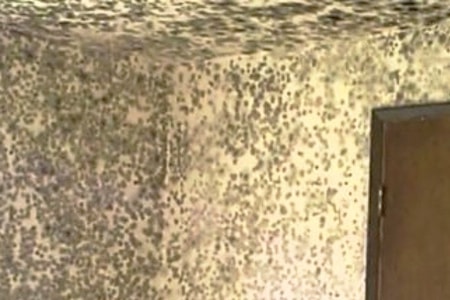
Alternaria is abundant outdoors in wood, soil, and plants. It's highly pathogenic to plants and also causes health issues in humans. The spores tend to linger in the air, and the wind might blow them into your home, where they can settle in the basement.
Once it enters your home, it settles in the HVAC system, on plants, carpets, clothing, tiles, drywall, and other surfaces. It enjoys areas in the house with moisture in the air, such as the basement, and spreads fast.
Some varieties of this mold emit mycotoxins, causing health issues involving respiratory infections, complications, and asthma. The effects differ in people, with immune-compromised individuals at the highest risk of experiencing adverse health effects from the spores.
Ulocladium
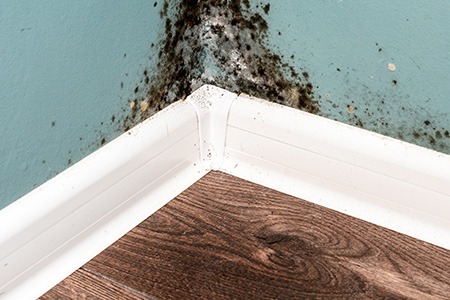
This allergenic mold spreads in moist areas in the home, like the bathroom, basement, and crawlspaces. You'll also find infestations in the carpet, dishwasher, and rubber seals around your fridge.
Ulocladium has the same appearance as black mold, but it's not as pathogenic. However, if the mold infestation is visible, it's a cause for concern like with any types of basement mold. Ulocladium also appears in drywall if there are plumbing leaks.
Cladosporium
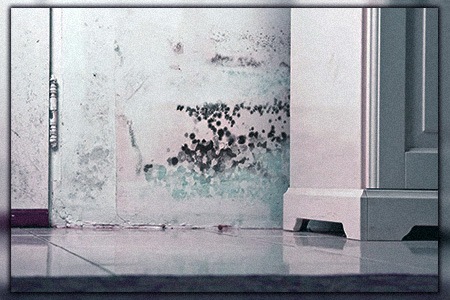
This highly allergenic and pathogenic mold variety likes growing in dark, damp spaces. There are over 500 varieties of Cladosporium, which pops up in furniture, carpeting, and rooms like the basement and bathroom.
Most Cladosporium varieties have a soft look with dull or dark shades of black, brown, or green. Cladosporium spores cause allergic reactions in pets and people, such as coughing, a runny nose, watery eyes, and an itchy face like most basement mold types.
It can also cause fingernail and toenail infections. Severe infestations can lead to the development of sinusitis and allergic reactions. Immuno-compromised people are most at risk of experiencing symptoms.
Reasons for Basement Mold Infestations
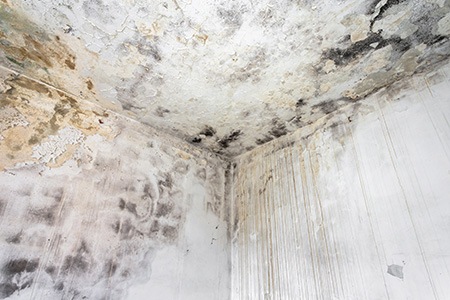
Mold spores can grow on any surface but have preferences, requiring specific environmental conditions to spread. Unfortunately, the basement satisfies many of these criteria, making it an ideal venue for mold spores to thrive. Here are the most common reasons mold spores start spreading in the basement.
Poor Ventilation
Most basements that aren't living spaces tend to lack proper ventilation. Poor ventilation results in condensation, which attracts mold spores. This is less of an issue in a finished basement but that doesn't remotely mean you can't have mold there.
Water Heater Malfunctions
If a water heater in the basement fails, it could leak water, forming a pool on the floor that attracts mold spores. If left undetected, the spores grow fast and spread in the air. Even tankless types of water heaters can drip water, so please take a look.
Sump Pump Failures
A sump pump failure can lead to saturation of the flooring and walls in the basement, allowing for optimal conditions for the spread of mold. If your sump pump runs continuously, you may have larger water issues at hand to deal with.
Infestations grow fast in these conditions, spreading to a wide area in a matter of days. If the pump isn't maintained properly, mold can start growing beneath the slab or on the floor around the unit.
Organic Material
Having organic materials in the basement can lead to the rapid spread of mold in the area. Organic materials like carpets, wooden furniture, cardboard, and old clothing can cause mold problems, especially when relative humidity levels rise above 55%.
How to Stop Basement Mold Infestations
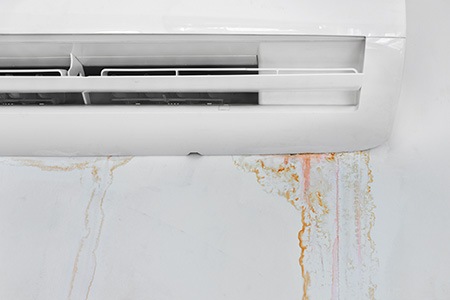
Identification and cleaning of the basement mold types is one thing but how do you stop a mold infestation from returning? How do you stop mold in a basement from spreading upwards?
Improve Airflow
Basements are usually cluttered spaces. Many people pack the area with items they don't need anymore and forget to remove them. This overabundance of material in the basement reduces airflow in the space, providing the perfect conditions for mold growth.
Ensure you organize your basement and pack your storage items away neatly to prevent compromising airflow in the area. Don't have loose items hanging around in the basement, as they attract spores and provide the ideal environment for the rapid growth of mold.
Avoid placing old furniture and boxes against the wall or on the floor where possible. Leave a gap to promote airflow and prevent mold growth.
Repair Plumbing Leaks
If you experience any plumbing problems like broken sump pumps, water heaters, or burst pipework, attend to them immediately. Don't give the mold a chance to take hold in the basement.
Some varieties can appear in as little as 48 hours after water enters the area. If there's heavy rain or snowfall, check the basement after the storm passes and dry out any pooling water to prevent mold growth.
Reduce Humidity
Mold spores thrive in humid environments, such as the basement. Even if there aren't any of the water problems we mentioned earlier, basements can become damp spaces.
If they aren't well-lit, you give mold spores the perfect conditions to spread. We recommend using dehumidifiers to keep the air in the basement at optimal humidity, and the disadvantages of a dehumidifier will be much less problematic there than upstairs in your living room..
Key Takeaways on the Types of Basement Molds
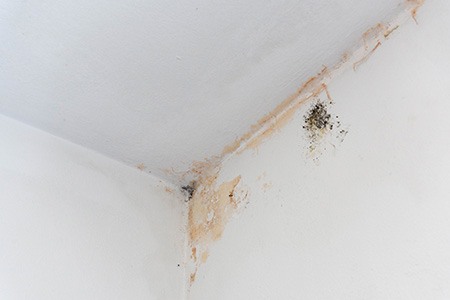
Here’s a summary of what we’ve learned about the eight mold types in basements:
- Several types of mold species present a danger to your health and home. We covered eight of the most common varieties in this post.
- The basement presents the ideal environment for the growth and spread of mold spores.
- Suppose you have any humidity-related issues or water leaks in the basement. In that case, you'll likely experience a mold infestation, and e spores can spread quickly.
- Basements usually have poor ventilation, and that's a contributing factor to mold growth.
- If you notice any mold infestations, clean them up right away. Call professional mold removal services to assist with killing and removing bad infestations.
This isn’t a problem to ignore, because it’s one that can spread relatively quickly as you forget about it and move on with your life. What starts as a simple problem can become difficult and expensive to deal with if not tackled in a reasonable amount of time.
Those Are the 8 Types of Mold in a Basement You’ll Encounter
Let me stress again, not a single one of these mold types in basements should be ignored once discovered. Clean them as well as you can and monitor the situation if it’s not already out of control.
If it is, you will unfortunately need the help of a professional crew to take care of the problem for you. At least now, you can identify the basement mold types you’re dealing with and can learn more about them for your own peace of mind.



